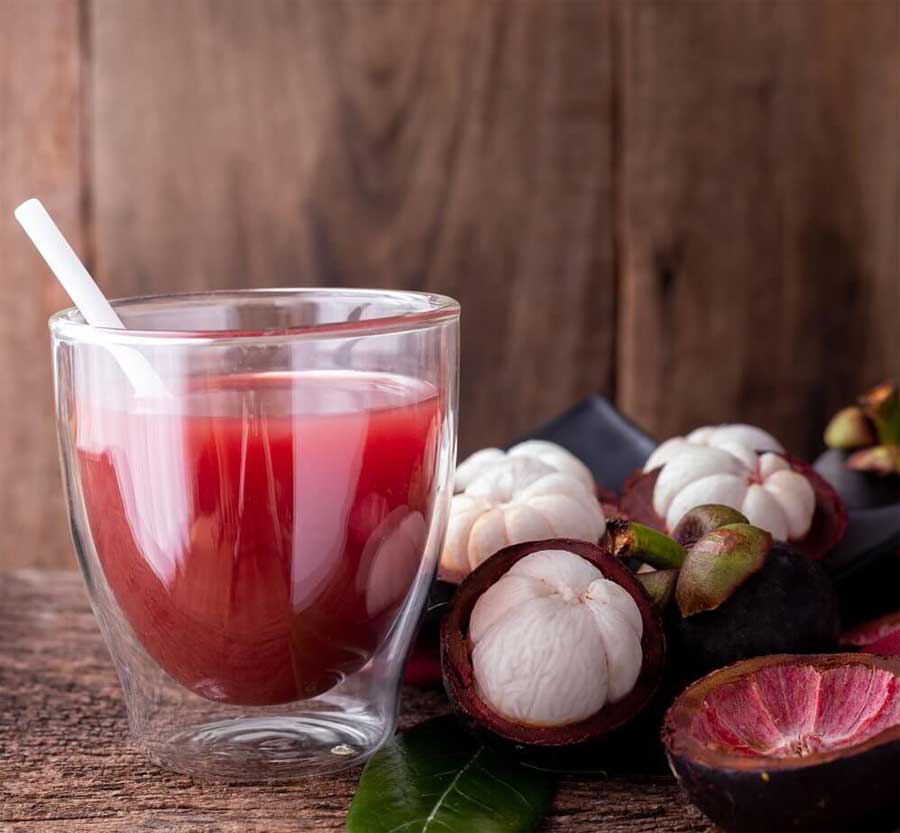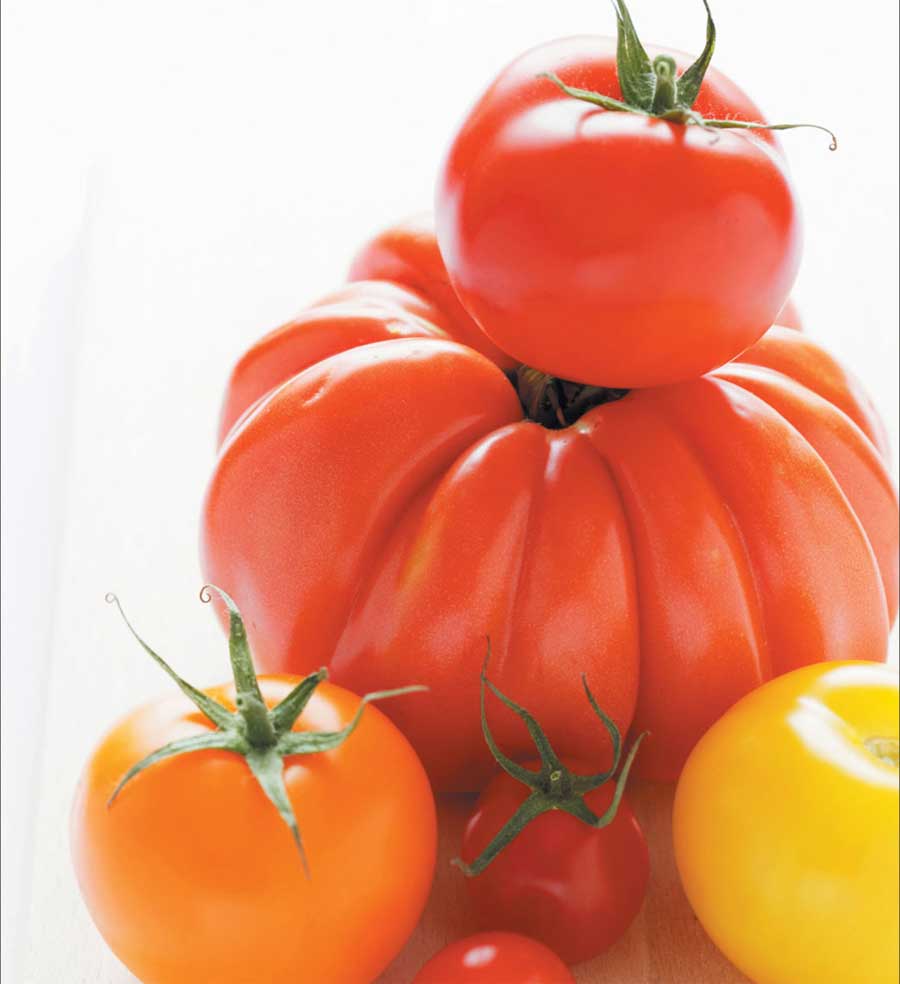Bay Leaf Substitute – If you like making food, of course you are very familiar with bay leaves. Bay leaf is one of the spices that often becomes our food seasoning. So when there is no bay leaf stock, we must know what can replace it so that food stays delicious and delicious.
For those of you who like to cook, we will share what is best to replace bay leaves, see below.
The Best Substitute for Bay Leaf
If you are looking for leaves that are best to replace bay leaves, then look at the following, there are some other herbs that are very suitable to replace bay leaves in handling your food taste.
Also see: Top 4 Substitutes for Basil
Among the good herbs to deal with this problem are:
- Thyme
- Oregano
- Basil
- Juniper berries
- Boldo leaves
We know bay leaf is a spice that has a strong aroma in cooking, so if we replace it with other herbs it is sometimes not suitable. So, in finding the best substitute for bay leaves we need a little effort and this is rather challenging.
After a thorough examination and checked one by one, finally found several types of herbs that are said to be suitable as the best substitute for bay leaves in the various foods that you make, next we will see.
1. Thyme

If you’re like me, you love the flavor of bay leaves in your cooking. But sometimes, they can be hard to find. And when you do find them, they’re often expensive. Luckily, there’s a great substitute for bay leaves that you probably already have in your spice cabinet: thyme.
Thyme is a versatile herb that can be used in a wide variety of dishes. It has a slightly minty flavor that goes well with many other herbs and spices. And best of all, it’s a fraction of the price of bay leaves.
So the next time you’re looking for a bay leaf substitute, reach for the thyme. It’s sure to give your dish that extra bit of flavor you’re looking for.
2. Basil

When it comes to herbs, there are few that are as versatile as basil. This sweet, pungent herb can be used in a wide variety of dishes, from pesto to pasta sauce to salad dressing. And, best of all, it’s a great substitute for bay leaf!
Basil has a strong, unique flavor that can really enhance the taste of a dish. It’s also incredibly easy to grow, so if you have a green thumb, you can always have fresh basil on hand.
Whether you’re looking for a bay leaf substitute for cooking or simply want to try something new, basil is a great option. Trust us, your taste buds will thank you!
3. Oregano

Other bay leaf substitute is oregano leaves. If you’re in a pinch and don’t have any bay leaves on hand, oregano can be used as a suitable replacement. Here’s everything you need to know about using oregano in place of bay leaves.
Oregano is a member of the mint family and has a similar flavor profile to other herbs in the same family, like thyme and marjoram. It’s often used in Italian and Greek cuisine and pairs well with other common flavoring ingredients like garlic, onions, and tomatoes.
When substituting oregano for bay leaves, use about one-third of the amount called for in the recipe. So, if a recipe calls for one bay leaf, use only one-third of an oregano leaf in its place. Oregano is more potent than bay leaves, so using too much can make your dish taste overly herbal.
Like bay leaves, oregano is used as a flavoring agent and isn’t meant to be eaten. Be sure to remove the oregano leaves from your dish before serving.
4. Boldo Leaves

When it comes to flavoring food, bay leaves are a popular choice. But did you know that boldo leaves can be used as a substitute for bay leaves?
Boldo leaves come from the boldo tree, which is native to Chile. The leaves have a distinctive flavor that is similar to bay leaves. They are often used in Latin American cooking to flavor soups and stews.
If you can’t find boldo leaves, you can use bay leaves as a substitute. Just remember that boldo leaves are more potent than bay leaves, so you’ll need to use less of them. Start with one boldo leaf for every two bay leaves called for in a recipe.
Boldo leaves have a lemony flavor that can also be used to flavor fish, poultry, and vegetables. They pair well with other herbs and spices, such as garlic, oregano, and black pepper.
If you want to try boldo leaves, you can usually find them in Latin American grocery stores. Or, you can order them online. Give them a try the next time you’re looking for a bay leaf substitute.
5. Juniper Berries

When it comes to culinary herbs, there are few that are as versatile as the bay leaf.native to the Mediterranean region, bay leaves are often used to flavor soups, stews, braises, and other hearty dishes. But what if you don’t have any bay leaves on hand? Is there a good substitute?
As it turns out, there are a few options. One of the best substitutes for bay leaves is juniper berries.
Juniper berries are the fruit of the juniper tree, and they have a sharp, citrusy flavor that pairs well with many hearty dishes. If you’re making a soup or stew that calls for bay leaves, simply add a few juniper berries to the pot. You may want to start with just a few berries and add more to taste.
Another good substitute for bay leaves is rosemary. Like juniper berries, rosemary has a bold flavor that can hold its own in hearty dishes. Simply add a sprig or two of rosemary to your soup or stew in place of bay leaves.
Finally, if you have neither juniper berries nor rosemary on hand, you can use dried thyme as a bay leaf substitute. Thyme is another herb with a strong flavor, so a little goes a long way. Add a pinch or two of dried thyme to your dish in place of bay leaves.
So there you have it: three great substitutes for bay leaves. If you find yourself in a pinch and don’t have any bay leaves on hand, reach for juniper berries, rosemary, or thyme.
FAQs about Bay Leaves
Now, we consider that you have know many bay leaf substitute. But, If you’re like most people, you probably have a few bay leaves kicking around your kitchen. But how much do you really know about this versatile herb? Here are a few FAQs about bay leaves that will help you make the most of them:
What are bay leaves?
Bay leaves come from the laurel tree (Laurus nobilis), a member of the rose family. The leaves have a distinct, slightly bitter flavor and are used to add depth and flavor to soups, stews, sauces, and other dishes.
Where can I find bay leaves?
If you don’t have a laurel tree in your backyard, you can find bay leaves at most supermarkets in the spice aisle. Look for fresh bay leaves if possible, but dried ones will work in a pinch.
How do I use bay leaves?
Bay leaves are usually added early in the cooking process so that their flavor has time to mellow and blend with other ingredients. Add a whole leaf to your soup, stew, or sauce and remove it before serving. If you’re using dried bay leaves, you may want to crumble them before adding them to your dish.
Can I eat bay leaves?
Yes, you can eat bay leaves, but they’re not exactly pleasant to chew on. It’s best to remove them from your dish before eating.
What else can I do with bay leaves?
In addition to cooking with them, you can also use bay leaves to make a simple potpourri or sachet. Just toss a few dried leaves into a bowl or sachet bag with some dried flower petals and a few drops of essential oil.
Do you have any other tips for using bay leaves? Share them in the comments below!











